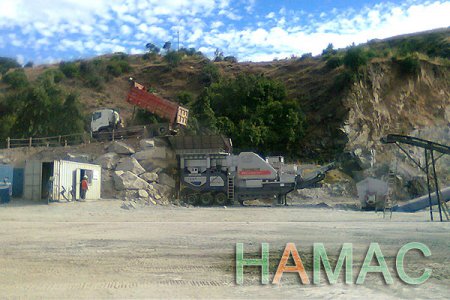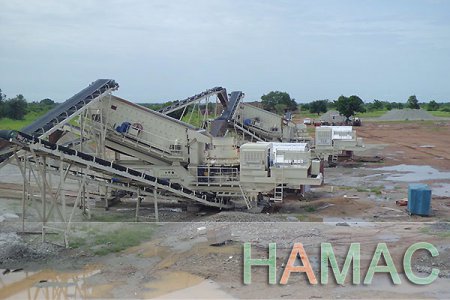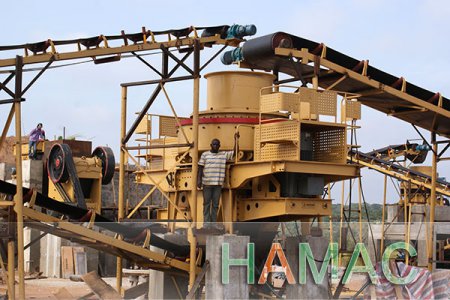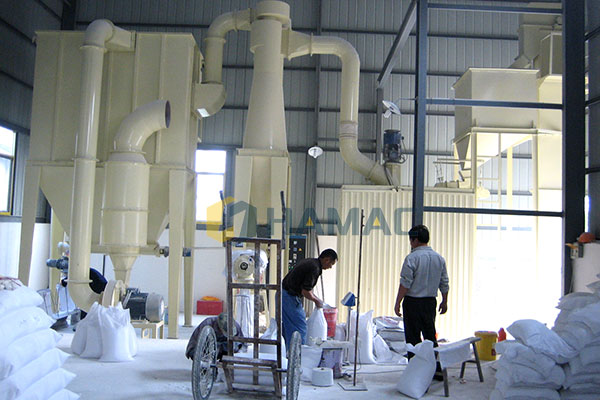You are here: Home - News - Product Knowledge - > Optimized Crusher Selection for the Cement Industry
Optimized Crusher Selection for the Cement Industry
Date: Nov 25, 2016 Source: Hamac Machinery
The characteristics of raw materials required for the cement production differ at a wide range. The limestone deposits used today as base material, show very different properties regarding hardness, abrasiveness and stickiness. To optimize the crushing process as well as the investment and operating costs, different types of crushers are available. To make a proper selection, several important points should be considered in advance.
The very first step should always be an analysis of the quarry, and especially the characteristics of the raw material. Of prime importance is the hardness of the material to be crushed. To describe this property the compressive strength, the Los Angeles Index or the Mohs Hardness should be determined and a point load test should be carried out.
The abrasiveness of the material has to be described by its Silica and free quartz content, as well as the abrasion index. Just as important is an expression of the stickiness. For this reason the moisture, the clay content and, in very difficult applications, the handling coefficient (shear test) has to be ascertained. Based on this data an overview of the selection criteria allows a pre-choice of the required crusher.
Primary crushing of limestone for the cement production requires high crushing ratios to reduce the material in a single step, down to the required grain size (approx. 0 – 25/80mm) for the raw mills. It should always be the aim to have as few crushing steps as possible, in order to minimize the investment and maintenance costs and time.
According to the above overview, one step HAMAC crushing can be achieved by operating Jaw Crushers or Impact Crushers. These crusher types are fast running machines providing high kinetic energy, resulting in strong impact forces and high crushing ratios. The allowable maximum compressive strength of 320 Mpa is normally sufficient for most of the limestone applications.
The silica content is an important issue to be considered before using Jaw Crushers or Impact Crushers. Due to the high speed of the rotors, the crushing tools are vulnerable to wear.
The limit for these machines is 8-12% silica content. Before making a final decision, the abrasiveness of the raw material has to be analyzed very carefully to avoid suffering from high maintenance costs. If the silica content is above mentioned values, a crushing system with a small speed difference between the material to be crushed and the crushing tools should be used.
Global Case
Previous: Tracked crushing plant, and the portable series is tyred crushing plant
Next: The factors can enhance HAMAC cone crusher capacity











 >
>













